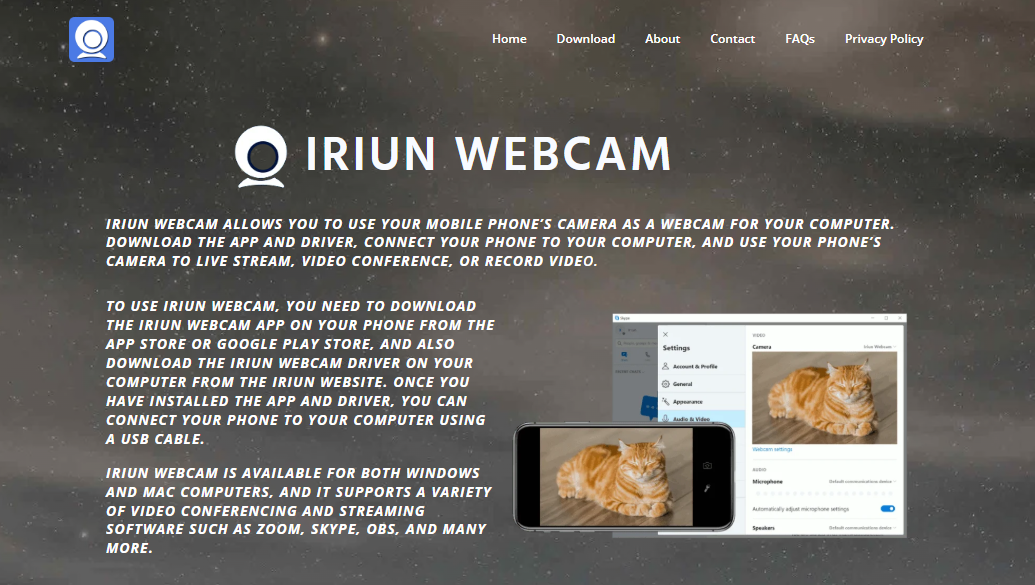UX Analytics: How Apps and Websites Decode What Users Really Want

To compete successfully in the digital economy, it is not only the ability to attract users but also to understand them. The most successful apps and websites are those that create anticipation of what users want, eliminate friction in their interactions, and smoothly deliver value. However, it is not always easy to decode what the users want.
Tastes are diverse, and the attention is limited, and demands change fast. Here is where UX analytics comes as the light guiding. Through tracking, interpretation, and application of the user behaviour data, marketers and developers can obtain clarity concerning the real people using the digital products. Using the strength of app and web insights, companies can no longer rely on guesses to build experiences that appeal to their audiences.
The Core of UX Analytics
The concept and technology of UX analytics refers to gathering and analysing the data on user behaviour to learn how users interact with an application or a web-based platform. It goes much deeper than the superficial statistics of page views or downloads. Instead, it examines the navigation of users, where they are most likely to get stuck, what attracts them, and which paths lead to conversions or abandonment.
By its most basic definition, UX analytics addresses the gap between what the designer believes will be successful and what would occur in practice. The developers can create a smooth interface, but when the users fail to locate the necessary features or the layout is confusing, the engagement will be low. By basing the design on analytics, companies base the digital experiences on the expectations of the users.
Why Apps and Websites Need UX Analytics
Both the application stores and the web platforms are very competitive. One bad experience is enough to run away to the competitor within a few seconds. Old UX analytics is used to avoid such issues by ensuring that the sources of friction are detected before they turn into deal-breakers.
In the case of apps, analytics are used to illustrate whether the onboarding process is too long, which buttons are tapped most often, or when uninstallation occurs. In the case of websites, analytics can show which pages are lingered on, at which point users abandon checkout, or how mobile browsers spend time as compared to their desktop counterparts. The data helps the teams to make well-informed decisions that enhance usability and satisfaction.
In addition to usability, UX analytics are also strategic. They also show trends of user intent, content preference, and behaviour. Such trends have provided the companies with means not only to rectify but also to foresee what lies ahead regarding needs and to remain ahead of changing behaviour.
The Role of User Journeys
Mapping user journeys is one of the most robust uses of UX analytics. A user journey is a process that follows the procedures users engage in when accessing a digital product, from initial interaction to the point where they can fulfil their desires. It is essential to know such routes, as users hardly act in a straight manner.
As an illustration, when a person is visiting an e-commerce site, s/he can begin by browsing the site, comparing products, reading reviews, adding to a cart, and making a purchase- or forsake it altogether. With a fitness application, a user can download with excitement, only to realise, based on analytics, that they cease after the third day. When mapped, these journeys provide the business with a clear and specific understanding of where users are doing well, where they are not, and what prompts them to act.
Through the study of user journeys, teams can reorganise touchpoints to guide people more efficiently towards their desired outcomes, whether it’s making a purchase, subscribing to a service, or continuing to use the app in their daily lives.
Knowledge Insights Over Guesses
The possibility of testing the assumptions is one of the best strengths of UX analytics. Many of the decisions made by designers and marketers are often based on intuition, but practical behaviour may not be expected. Analytics are facts revealed after the curtains are pulled back.
As an example, an aspect that a group of people believes will be the highlight can end up with minimal focus, whereas a neglected part of the application might end up being the most utilised. What would appear to designers as a prominent button placement would appear confusing to first-time users. Such measurable differences in engagement can be made even in colour choices, typography, or the sequence of menu items.
Behavioural insights allow companies to cease conjecture. Instead, they can quantify, experiment, test, and justify ideas through real user interaction, ensuring that resources are invested in worthwhile change.
The Emotional Layer of UX
Although UX analytics offer complex data, it also touches on a less tangible thing: emotions. Each interaction with an application or a website has an emotional charge, be it pleasure in how effortlessly it runs or disappointment over some error message. Although emotions are less measurable, analytics makes it possible to capture them indirectly.
Negative emotions are usually indicated in high drop-off rates or repeated efforts to do the same action, or spikes in support requests. On the contrary, the long duration of sessions, returning more than once, or a recommendation to friends is an indication of positive experiences. The ability to correlate behavioural data with emotional reactions will make a business better understand user satisfaction and loyalty.
Maximising Across Devices
The variations between the behaviour of users on different devices are also pointed out by UX analytics. A site might be good on desktops and frustrating on mobile because of smaller screens or because it takes time to load. On the same note, the navigation of an app might be intuitive on smartphones but not practical on a tablet.
These differences are significant to understand. Customers are used to smooth transitions between devices and any irregularity becomes a source of losing interest. This is achieved through the analysis of device-specific behaviour to optimise layout, content, and features, ensuring a consistent and enjoyable experience regardless of the location from which users access them.
Continuous Improvement Through Testing
Continuous testing works best with UX analytics. An example of such tests is the A/B test, which enables groups to compare two versions of a design and quantify which one is more successful. Analytics-driven tests minimise guesswork and make product development an iterative process.
Constant upgrades create increased user confidence and satisfaction. Minor additions accumulate and create a space where users get the impression that the app or site is adapting to their needs. This is a desirable attribute that is especially needed in fast-paced industries, where even the experience that once stood still soon becomes obsolete.
The Future of UX Analytics
The future of UX analytics is in the integration of data with innovative technologies like artificial intelligence and machine learning. Such tools enable the prediction of user behaviour before it occurs, providing real-time personalisation that allows experiences to be changed instantly.
Think of an application that can provide assistance and information instantly to the user who is probably going to drop a task, or a website that can change the layouts instantly depending on the browsing patterns of a visitor. These are no longer theoretical predictive capabilities that are becoming a reality, a data-driven reality.



